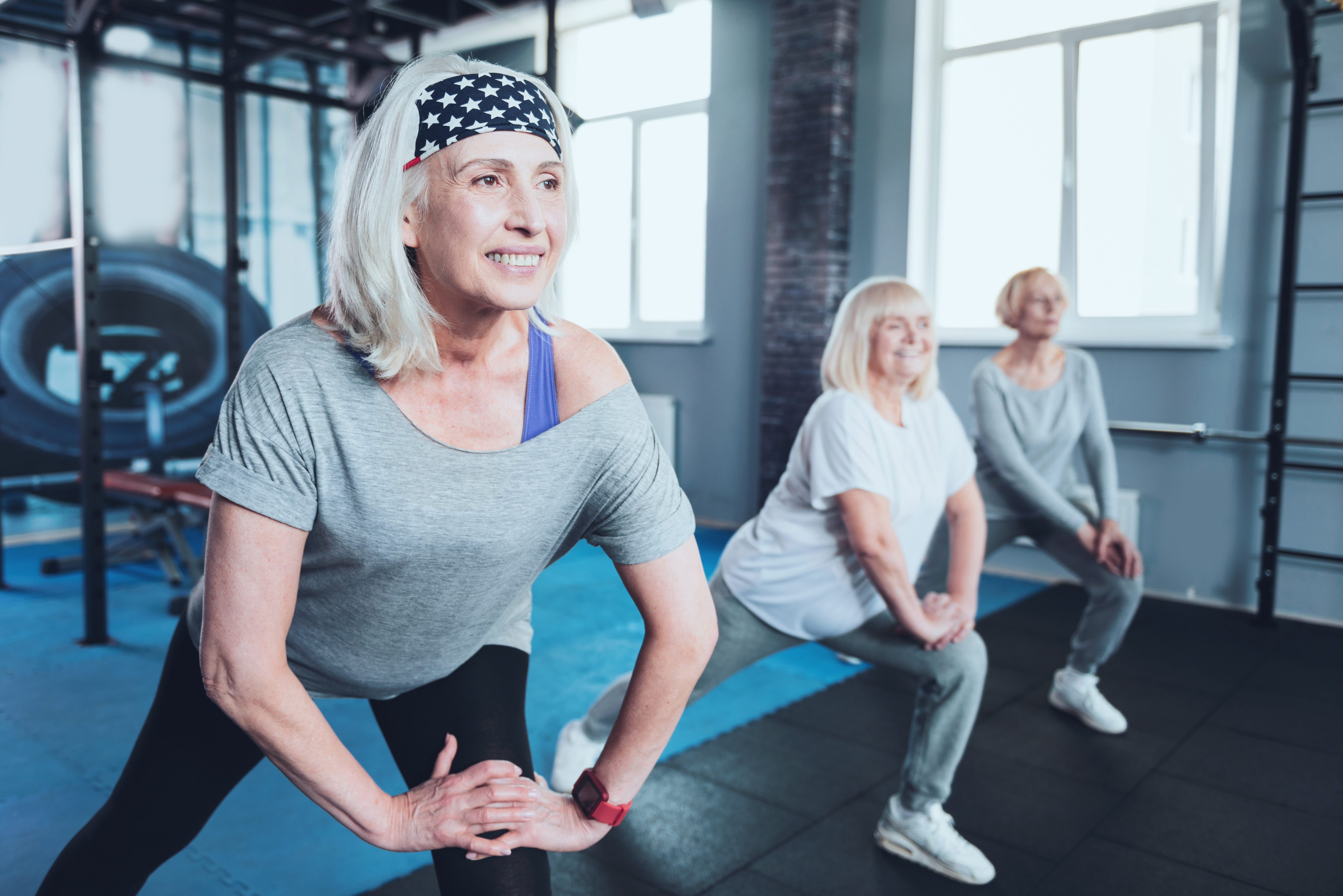What is Exercise?
Exercise is an activity that engages the person in physical activity and increasing the heart rate beyond the resting level. Exercise is helpful in improving physical and mental health.
What is Arthritis?
Arthritis is an inflammation of the joint. It can happen to any joint in the human body. The two most common forms of arthritis experienced in North America, are Osteoarthritis and Rheumatoid Arthritis. Both of these conditions are best treated with physiotherapy exercise programs.
1. Osteoarthritis
Millions are people are afflicted by osteoarthritis. It occurs when the protective cartilage that cushions the end of your bones, wear down over time. Protective cartilage is present in joints. Osteoarthritis can occur in any joint but most commonly seen in big joints like knee, hip and spine. Symptoms of Osteoarthritis often develop over the time. Pain, stiffness, tenderness on palpation, loss of mobility and flexibility of the affected joint, grating sensation (popping and crepitus) during the use of the joint, bone spurs and swelling of the joint.
2. Rheumatoid arthritis
It is a long-term and progressive autoimmune disease. It causes inflammation, swelling, and pain in and around joints. Rheumatoid arthritis usually affects small joints such as the hands and feet. Symptoms of rheumatoid arthritis include tenderness, warm, swollen joints, stiffness more in the morning, fatigue, fever and loss of appetite. Rheumatoid arthritis also has systemic symptoms.
How exercises are helpful for arthritis?
Exercise is incredibly helpful in reducing pain and stiffness, improving ROM, mobility, flexibility, strength and function. When stiffness, pain and discomfort in joints are bogging you down, the thought of walking around the block or swimming a few laps might seem overwhelming. Your physiotherapist will assist in developing a proper program for you.
1. Range of Motion exercises (ROM)
These types of exercise will relieve stiffness and increase your ability to move your joints in their full range of motion. These exercises can be done actively within a pain-free range.
2. Strengthening exercises
Strengthening exercises are helpful in building strong, supportive muscle groups and these aid in supporting and protecting your joints. With strengthening exercises it is a good idea not to work on the same muscles consecutively for two days in a row. Rest a day in between workouts. It is ok to take an extra day off for painful joints. Strengthening exercises can be done using different tools, such as dumbbells, elastic resistance bands, weight cuffs, rowing, leg press, lat-pull down machines, etc. Your physiotherapists can best prescribe a tailored exercise program for your arthritis. Protection to the arthritic joints is very important. Keeping the impact and intensity low for strengthening exercises are important in the beginning. Once the joint improves, a slow increase in the intensity of exercises can be implemented.
3. Aerobic exercises
Affected joints lose their endurance and speed. Aerobic exercises will help to build the endurance and overall fitness of the affected joints. The cardiovascular system with subsequent improvement due to elevated exercise and intensity reduces and/or controls body weight, which positively affects your condition.
4. Aquatic Exercises
Aquatic exercise is also very helpful. Different properties of water are beneficial in relieving loads on the affected joint, allowing you to build the strength of the muscles affected with arthritis without increased stressors. You can even find water-based versions of treadmills and bikes to add to the dynamic activity available to you.
All of the above-mentioned exercises are helpful for rheumatoid and osteoarthritis patients if they are done appropriately. The following, are also beneficial to consider before and during your physical activity routine:
1. Low impact exercises
2. Heat application before exercises
3. Move gently during exercises to prevent any damage to joints or muscles
4. Go slow during exercises
5. Ice after exercises to prevent post exercises soreness
6. Do not overdo these exercises
With the above-prescribed exercises and protocol, physiotherapy can be incredibly helpful for arthritic patients.





